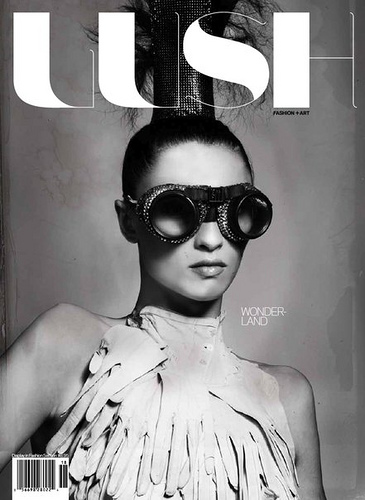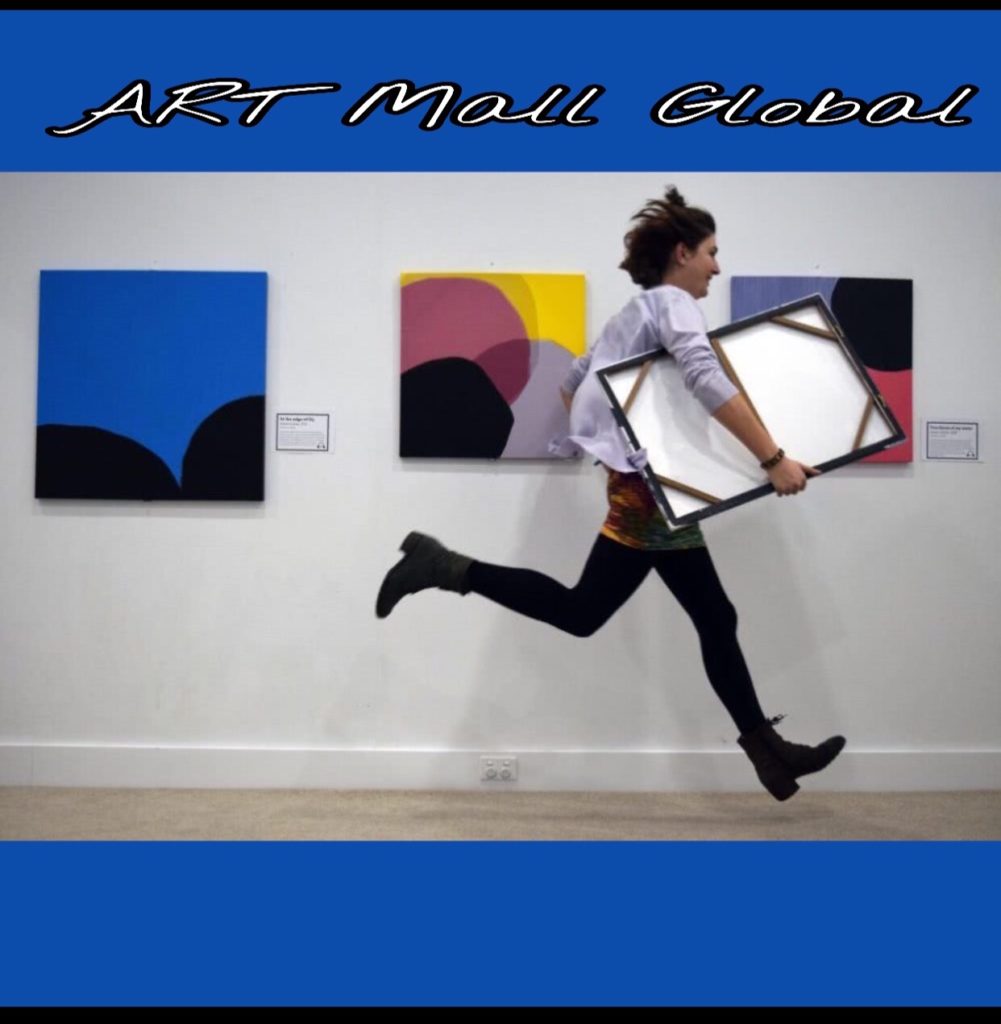MEDIA: Blogs, Events, Press, Contests
"Experience the Full Art Life Style Culture"
HOW TO BUY ART FOR BEGINNERS — By Alan Bamberger
As an art consultant, advisor and appraiser, one of my jobs is working with collectors and beginning art buyers to help them understand how the art business works and how to locate and buy the art they like the most. Along the way, I get asked plenty of questions usually having to do with topics like figuring out what to buy, learning about art and artists, researching potential purchases, shopping at galleries versus online, deciding how much to pay, comparing prices, negotiating purchases and so on. Here are some of the more common questions people ask along with their answers….
Q: I’m interested in buying art but hardly know anything about it. Where do I start?
A: Hold off on buying for now. That’s the most important thing. And look (Browse) at as much art as possible. You don’t want to find yourself in uncomfortable situations where someone is trying to sell you art you know little or nothing about, or for that matter, whether you even like it. In the early stages, you simply don’t have enough of a footing to know your tastes and preferences, what questions to ask, and how to corroborate what sellers are telling you. Listen to whatever they have to say, but at the same time, politely inform them that you’re just starting out and are not quite ready to buy.
While exploring the vast and wonderful world of art, don’t limit yourself only to what you’re already familiar with or what others think you should pay attention to. Keep an open mind and look at plenty of art everywhere, both at galleries and online. The art world is a really huge place with an unbelievable variety of quality collecting options. Along the way, ask all the questions you want, learn as much as you can, and get a feel for how different people talk about art. This approach makes for a great education and helps you identify the art and artists you really love the most. In the end, you never know what you’ll discover and ultimately buy, live with and enjoy.
Q: Once I have an idea of what kinds of art I like, how do I find it? Where do I go and whom do I talk to?
A: Deciding what kinds of art you like and really focusing in on your favorites is an ongoing process. The more art you look at, the better you’re able to fine-tune and direct your searches in terms of your favorite artists, subject matters and other particulars. Read, listen and see how it’s described by galleries, by the artists who create it, and online. Pay attention to what the types of art you like the most are called and what words are commonly used to describe it. That’s how you learn to search for and locate it. Gradually identify and zero in on the artists, galleries, websites and social media pages that specialize in your favorites offer significant selections.
Q: Should I buy art for enjoyment or investment?
A: Art has so many positive benefits– it enriches, beautifies and enhances your environment; makes you think; shows you new ways of looking at things; introduces you to unique, unusual and fascinating perspectives; improves the quality of your life; informs and educates; engages your psyche; expands your mind, and just plain makes you feel good when you look at it. Rather than think of art as investment and in dollars and cents terms, consider its numerous non-monetary benefits and plus points as “intangible investments” instead.
Money should still be a concern, of course, but only in terms of making sure a seller’s asking price is reasonable and in line with what similar works of art by the artist typically sell for. Rather than worry about whether or not it’s going to appreciate in value over time, figure out whether you’re paying a fair price now. That’s what’s most important. No one can foretell the future, but you can certainly determine fairness today based on current market information. All else considered, the easiest way not to enjoy art is to focus on money matters at the expense of all else.
Q: How do I decide how much to spend?
A: Strictly limit your purchases to discretionary capital, not money that’s budgeted or required for necessities. Don’t go too deep too fast; start off buying more reasonably priced art. As you become more experienced and confident in your collecting, you can gradually increase your per-piece price. Once you better understand the marketplace and especially the art and artists you collect, an excellent strategy is to buy the best work by an artist rather than smaller or less significant works. If the best work is too expensive or you’re not all that experienced, sometimes starting smaller is better. Another option is starting with artists whose best work is more affordable and in your price range. Whatever you do, don’t get out ahead of your knowledge level. Take your time, get grounded, and learn how to effectively navigate the artscape first.
*For any more Free Art Consultation, just Email:
…To read more of this article, Goto:
https://www.artbusiness.com/how-to-buy-art-common-collector-questions-answered.htm

August -- Health is Wealth
August -- Fashion is ART
August -- China Mansion
August -- ART Life / Art Basel 2019






